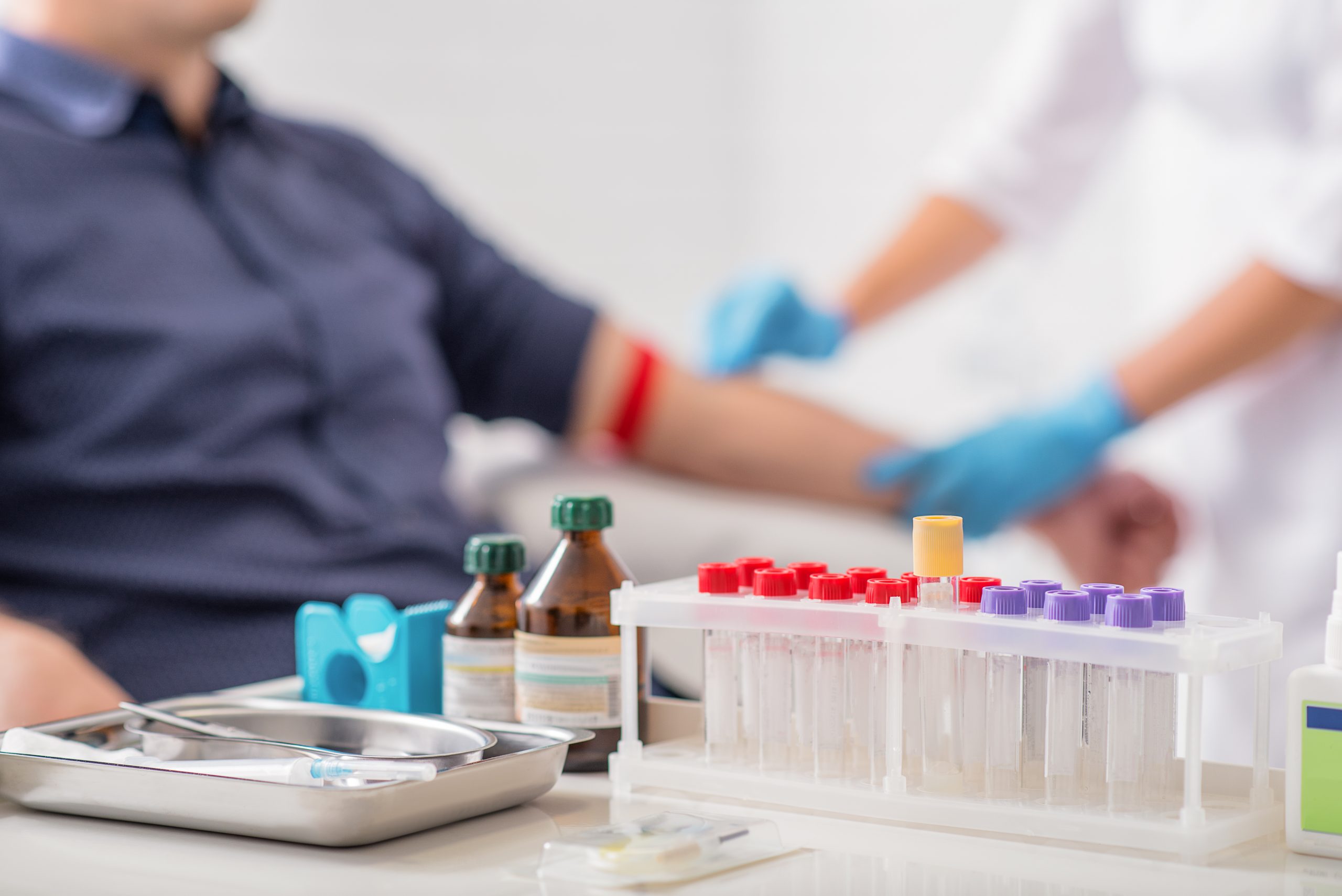My previous blog provided a hypothetical example of reactive pharmacovigilance. This blog will examine the opposite, proactive pharmacovigilance and the success it can bring.
Company A launches a first-in-class drug/device combo biologic for the treatment of psoriatic arthritis. The drug has a novel mechanism of action. In clinical trials, ACR response was 26 weeks. The drug is dispensed as a self-injectable to the patient after the patient has undergone the proper screening and education for self-administration.
The launch of the drug is complicated by the lack of support from payers and providers due to the cost of the medication, concern for patient compliance, even though the clinical trial data overwhelmingly shows that in the majority of patients, symptoms of disease and long-term sequelae are delayed. The payers and providers are concerned that the high cost of the drug and its benefit will be offset by a lack of patient compliance.
The early post-marketing period showed that lack of drug effect was the most-common AE reported, with greater than 90% of all AEs reporting no change in joint pain and swelling or plaque size and number at 20 weeks after therapy initiation.
Company A has a plan to mitigate the lack of efficacy after investigation shows no PQC or issues with any of the batches/lots and testing of retained samples. Company A believes its clinical data to be novel to treating psoriatic arthritis, understanding its data that showed in clinical trials patients reported that the biggest challenge to compliance was remembering to self-administer the injection once per week and negotiating the proper injection technique due to joint involvement in the hands.
It quickly pivots and implements another branch of its medical information call center as a patient-adherence and patient support program. With regulatory authority knowledge, contact with key opinion leaders and care providers, as well as an aggressive campaign targeted at psoriatic arthritis patients, it offers patient support. Through that program, patient adherence helps the individual patient understand the realistic expectations of the therapeutic effect of the drug, resolve questions on self-administration of a biologic injectable, and offer a separate service to help with financial assistance in insurance coverage. For those patients without healthcare coverage, it offers company-based patient assistance programs.
The patient adherence program focuses on patients having a dedicated nurse or pharmacist who knows the patient profile (dedicated patient advocate). That healthcare professional calls or texts the patient the day before their scheduled dose to remind them of the next day dosing, anticipated common adverse events, and provides them a reminder that they are “X” weeks in their therapeutic journey. Each patient is provided a journal via a custom app on their smart device, which the dedicated patient advocate assists them in recording their clinical symptoms, including photos of plaque size and number, photos of affected joints, and a simple numeric scale to record joint improvement. All photos and data are standardized to help collect additional meaningful data and support the patient. The data provided by the patient are summarized in an easy to view graphic output for the patient to see their progress week over week.
To assist with the known difficulties of home self-injection, a link is sent for a video showing multiple approved methods of self-injection. The patient advocate is also available for a live video chat with the patient to assist if needed. On the day of dosing, the dedicated patient advocate calls to ensure any difficulties in administration were addressed, checks on the overall wellness of the patient and helps record their journal of clinical symptoms.
By week 28 post-launch, the reports of lack of efficacy had decreased from 90% to 68%, with 95% of all patients participating in the patient adherence and support program. The drop-out percentage of patients from therapy was less than seen in clinical trials.
All data relating to protected private information are handled as such and passed to the pharmacovigilance group and the R&D group.
By week 35 post-launch, 50% of all patients report pain and stinging at the injection site either through the patient adherence/assistance program or through spontaneous AE reporting. A PQC investigation does not reveal any trends in batch/lot number; however, the company receives approval for a PASS trial to use a smaller gauge needle and to change the buffer in the suspension to decrease stinging with injection.
The patient adherence and support program was offered with each new prescription and all healthcare providers and pharmacists are provided with materials to help enroll patients. At week 52 post-launch, 65% of patients had a reduction in plaque size/number by 74% by skin surface area. For patients with pre-treatment dactylitis and enthesitis prior to treatment, 71% of patients scored their enthesitis as “0” and 89% with dactylitis now scored their results as “0” by Maastricht Ankylosing Spondylitis Enthesitis (MASE).
The top-reported AEs after week 52 of treatment included no new safety concerns. The AEs reported included diarrhea, nausea, headache, and increased incidence of minor upper respiratory infections.
The results of the PASS study were positive, with a decreased number of injection site reactions (pain stinging) and the regulatory authority approved the new formulation.
By week 35 post-launch, the payer providers were provided ongoing anonymized data of the results of treatment and success from the patient adherence/support programs. The new treatment was placed on the formulary based on the results of proactive pharmacovigilance.
By week 65 post-launch, some patients requested bi-weekly calls in lieu of emails and texts; 99% of all patients enrolled in the patient adherence/support kept their therapy journal up to date and were 100% compliant with treatment.
To learn more about the history of pharmacovigilance, current challenges and ROI opportunities, and how to remain proactive in the future, you can download our guide here. Or, you can submit the form below.

